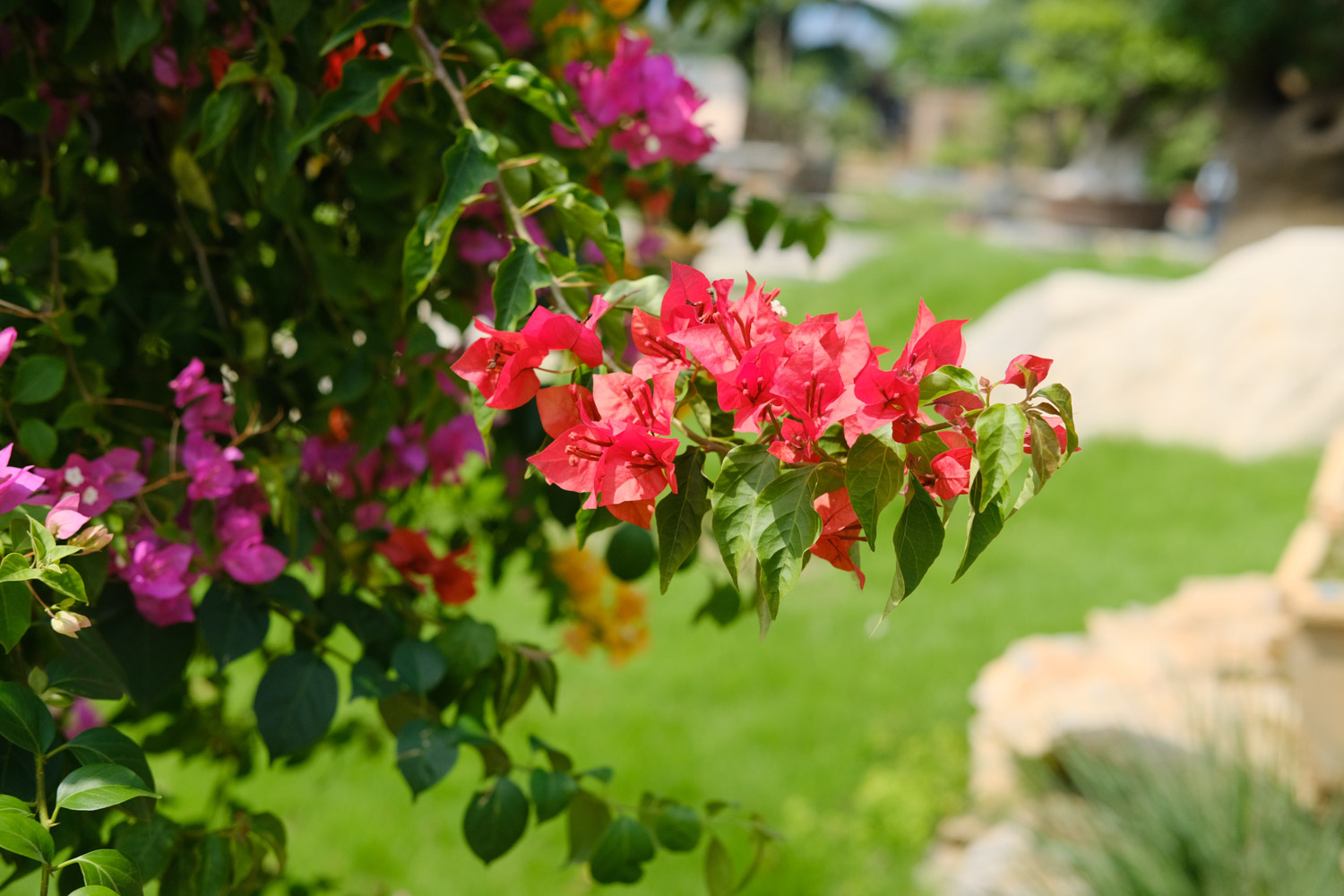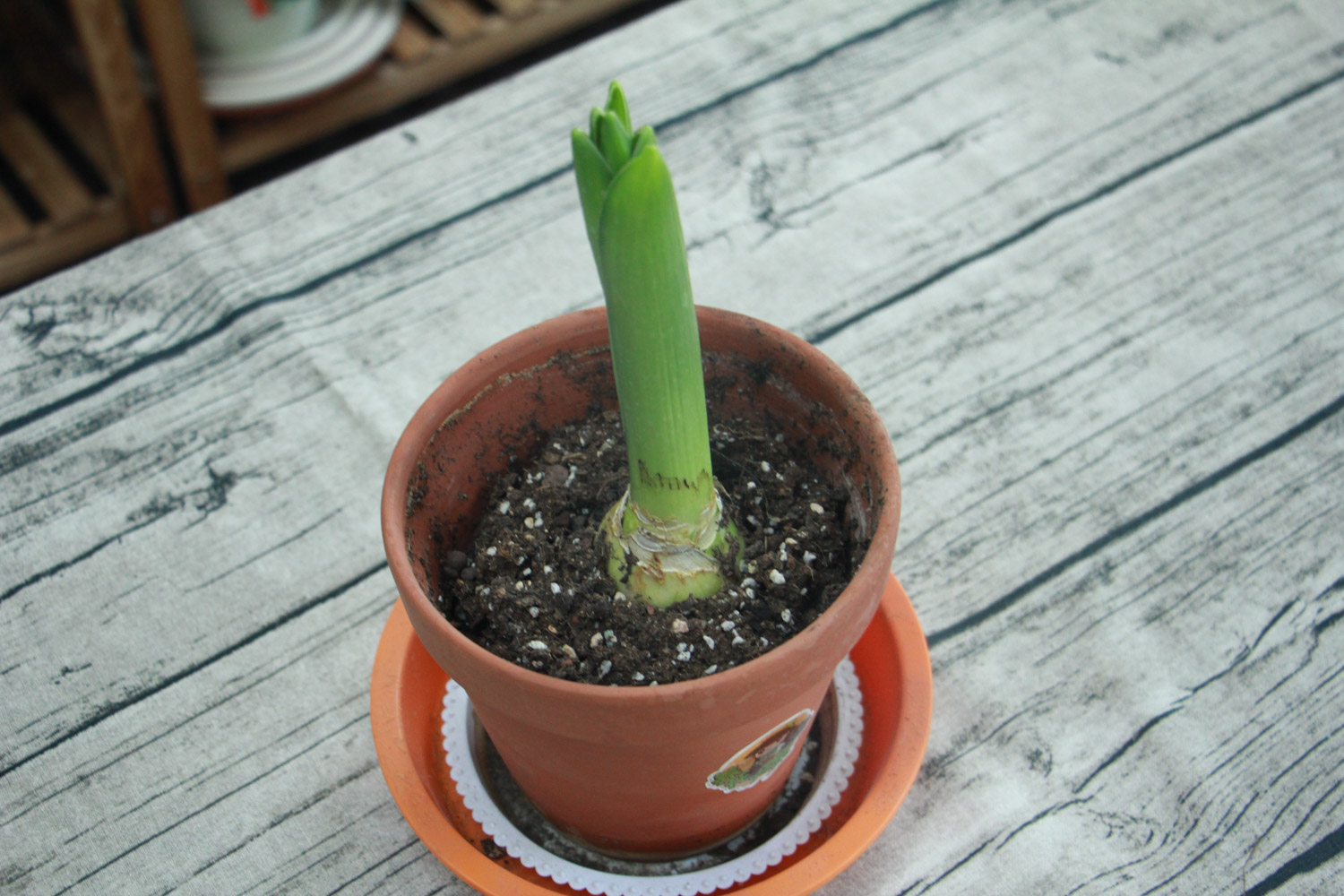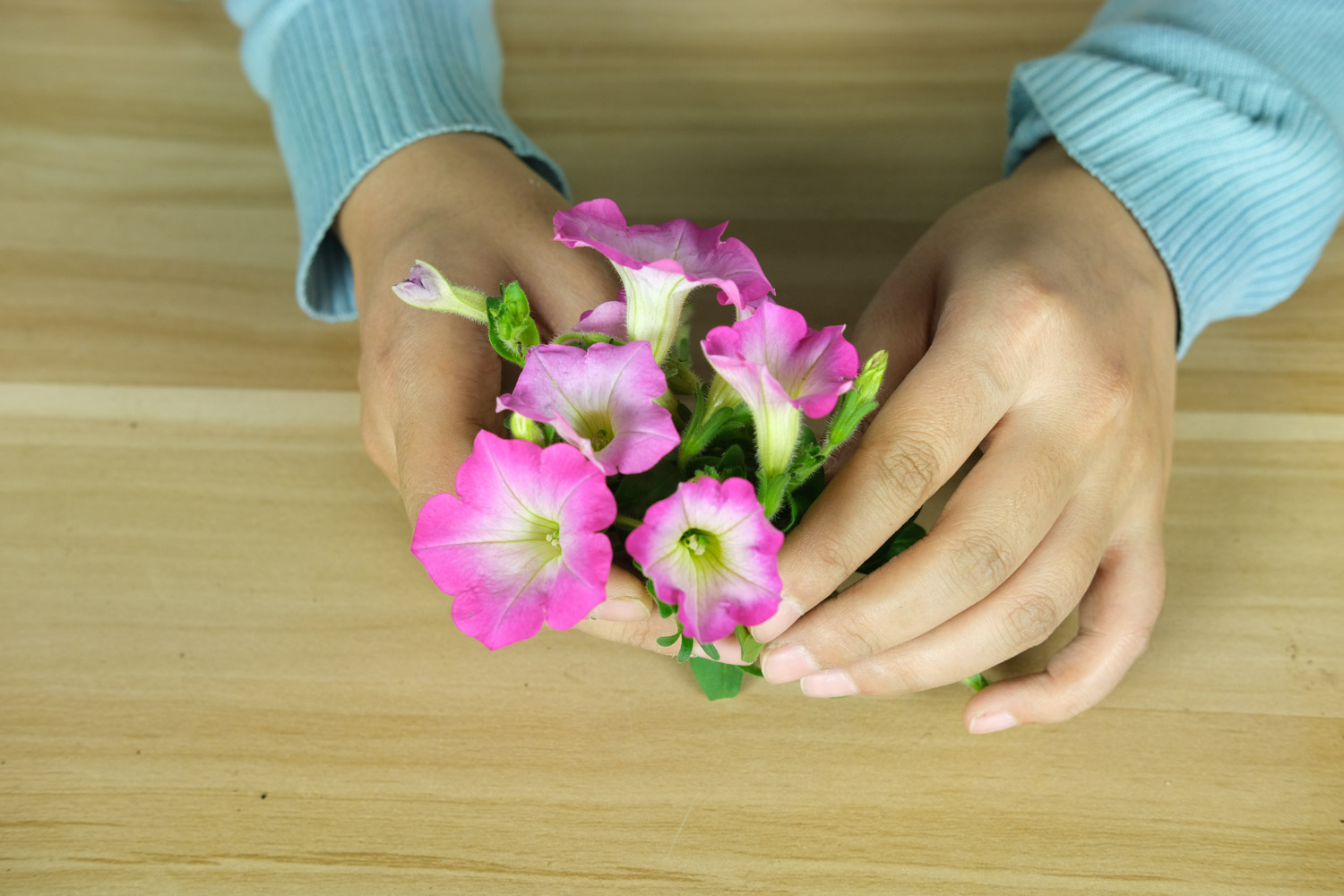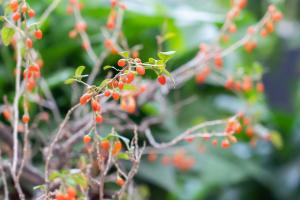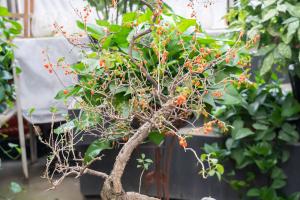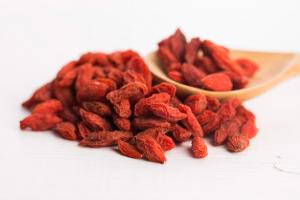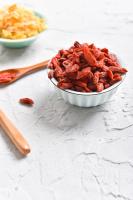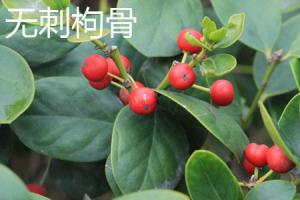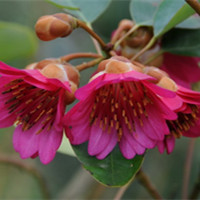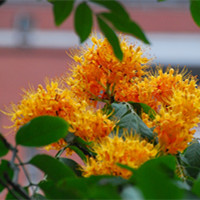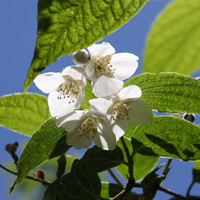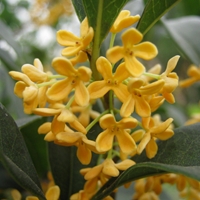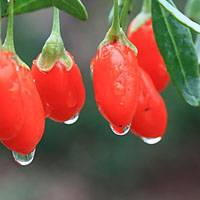Lycium barbarum alias
Medlar has many folk names, including sweet cabbage, dog milk, red and green pepper, Gou Qizi, medlar red fruit, medlar hoof, medlar fruit, ground bone, etc
Growth habit of Lycium barbarum
Medlar likes a cold and cool environment and is very cold resistant. Generally, seeds can germinate at about 7 ℃, and seedlings can resist the low temperature of minus 3 ℃
When the temperature is above 6 ℃ in spring, the buds grow slowly. Chinese wolfberry can survive safely at minus 25 ℃. The roots of Lycium barbarum are very developed and super drought resistant. On the contrary, ponding is unfavorable to its growth
Most Chinese wolfberry grow on alkaline soil and sandy soil, which is most suitable for cultivation on deep and fertile soil
The value of Chinese wolfberry
Medicinal value: the fruit of Lycium barbarum is called Lycium barbarum in traditional Chinese medicine, and its medicinal effect is the same as that of Ningxia Lycium barbarum; Root bark Chinese medicine is called Rehmannia glutinosa, which has the effect of clearing heat and relieving cough. The extract of Lycium barbarum has therapeutic effect on many diseases in Lycium barbarum polysaccharide, betaine and Lycium barbarum pigment
Ornamental value: Ningxia medlar has beautiful tree shape, red fruit and green leaves. It has high ornamental value and can also be used as an ornamental plant
Edible value: as a vegetable, tender leaves have become popular in Guangdong, Guangxi and other regions


